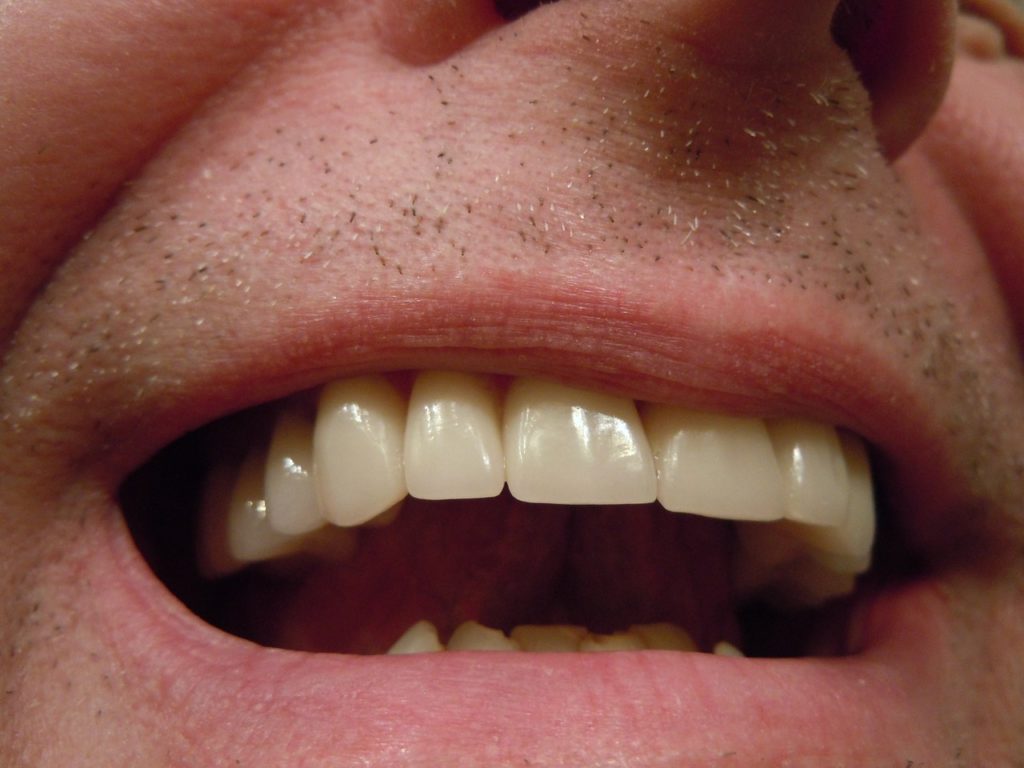When you lose a filling or a crown, it is a very worrying feeling.
Your tooth may feel sharp, jagged and even painful if the nerve is exposed. If you have never lost a filling before you may be unaware of what to do. Do you call your dentist? Do you try to put it back in?
The first thing to do is to remain calm and don’t panic. Loss of fillings and crowns are an emergency situation but, luckily, they are exceedingly common and can be handled easily without too much hassle. Even if the tooth with the lost filling feels fine, it is important to follow the following steps to ensure that your tooth and your mouth stay healthy.
Step 1- Call your dentist
As mentioned before, even if your tooth does not hurt after you have lost your crown or filling, it is pivotal that you make an urgent or emergency dental appointment. Some dental surgeries like Spa Dental specifically set aside slots each day or emergency appointments and, hopefully, your appointment will be booked for that same day.
Remember, this is an emergency problem as leaving the tooth exposed is going to attract bacteria and may even cause an infection in the pulp, which is the last thing you need!
Step 2- Get some cement
Yes, you read that right!
Whether you have lost a crown or a filling, it is time to go to your nearby pharmacy and pick up some dental cement. If you have lost the crown or filling, this malleable material can be moulded to act as a temporary barrier between your tooth and the inside of your mouth. Indeed, dental surgeries like Spa Dental recommend keeping dental cement in your home with the first aid kit in case of emergencies like this. Once again, failure to create a barrier can lead to further issues such as discomfort and infection.
Step 3- Pain relief
 OK, so for the majority of dental patients, losing a filling or a crown is uncomfortable, the nerve and the pulp are exposed, causing extreme sensitivity.
OK, so for the majority of dental patients, losing a filling or a crown is uncomfortable, the nerve and the pulp are exposed, causing extreme sensitivity.
Luckily, if you have a same-day appointment to restore your filling, you won’t need to take an excessive amount of pain relief, so over the counter medications such as ibuprofen or paracetamol should suffice temporarily. If you need something stronger, contact a team who has an emergency dentist on staff, such as Spa Dental by Sydney about what to take to relieve the discomfort.
Step 4- Rinse
Rinsing your mouth out with lukewarm, salt water can help to keep the area free from debris and will prevent bacteria from entering the exposed pulp. You can also gently brush the area if tolerable to remove food that may have stuck to the sharp edges.
Step 5- Attend the check-up
Even if you start to feel better, it is vital that you attend your dental appointment; remember, an exposed pulp is susceptible to infection, so get that tooth fixed pronto!
DISCLAIMER
All dental procedures carry potential risks. Contact your local emergency dental team for more information about the procedures and treatments that are mentioned in this article.

